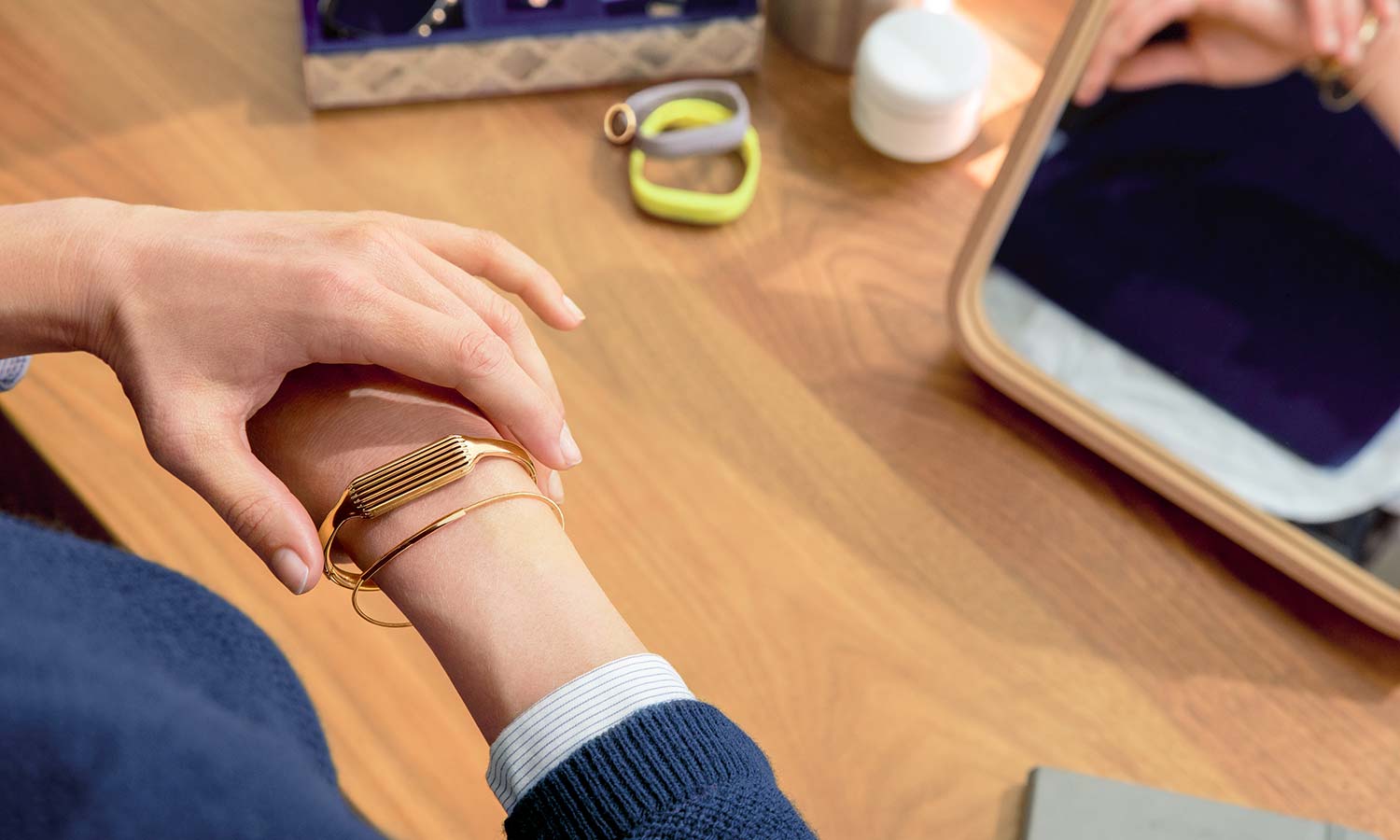Tom's Guide Verdict
If you want to track your activities with an inexpensive fitness tracker that doesn't look like one, you'll appreciate the $99 Fitbit Flex 2.
Pros
- +
Automatic activity tracking
- +
Slim and lightweight
- +
Water-resistant
Cons
- -
Fewer activities tracked when worn around the neck
- -
Call and text notifications could be glitchy with Android devices
Why you can trust Tom's Guide
Fitbit's newest entry-level fitness tracker, the $99.95 Flex 2, has more features than you might expect from a device this small. An improvement from the first, very basic Fitbit Flex, the Flex 2 can automatically track activities beyond steps and sleep, including running, cycling, aerobic workouts and swimming. That makes for saved time and less work inputting activities post-workout.
Design
The Flex 2's design is pretty unassuming. The tracker is tiny compared with others we've tested, and its classic wristband is simple. Because it's so thin, it's more bracelet-like than the original Fitbit Flex, but it still holds a three-axis accelerometer for activity tracking and a vibration motor for alerts in a 0.83-ounce package. At 1.25 x 0.35 x 0.27 inches, it's 30 percent smaller than the original Fitbit Flex. The tracker comes with both small and large classic elastomer bands, plus a charging cable.
The Flex 2 was so slim and lightweight in the small classic band that I barely noticed it while wearing it for a day or two. Unlike the older Flex, it's water-resistant; I liked that I didn't have to take it off before getting into the shower, and thus didn't disrupt my day-to-day routine.
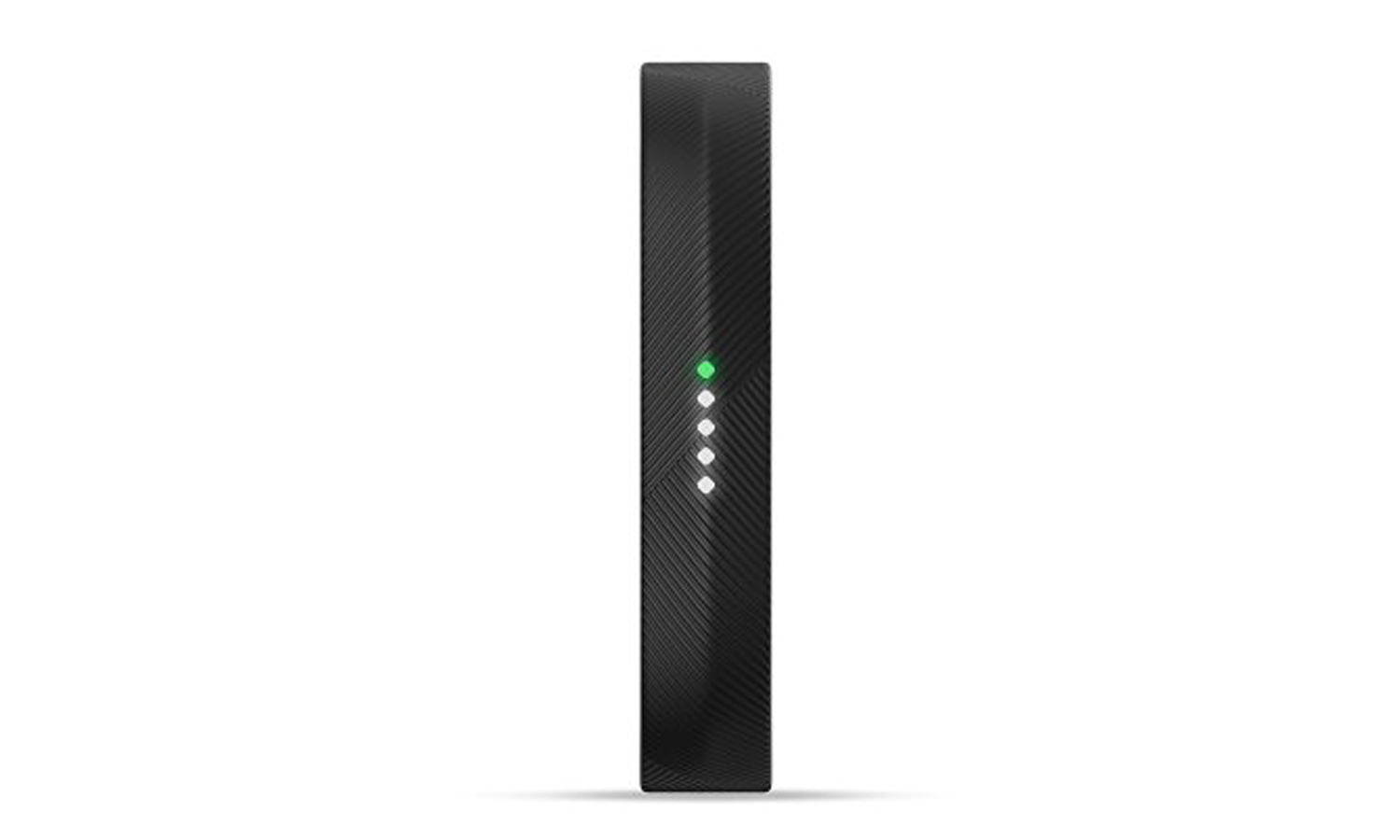
Five LEDs aligned vertically along the wristband light up to tell you your progress toward a main goal that you designate, with each of the four LEDs representing a quarter of your goal. The fifth LED uses color coding to signify an alarm, and to tell you whether you're receiving a text or call on your paired Android or iOS smartphone, when it's time to get up and get some exercise, and when you've met your activity goal.
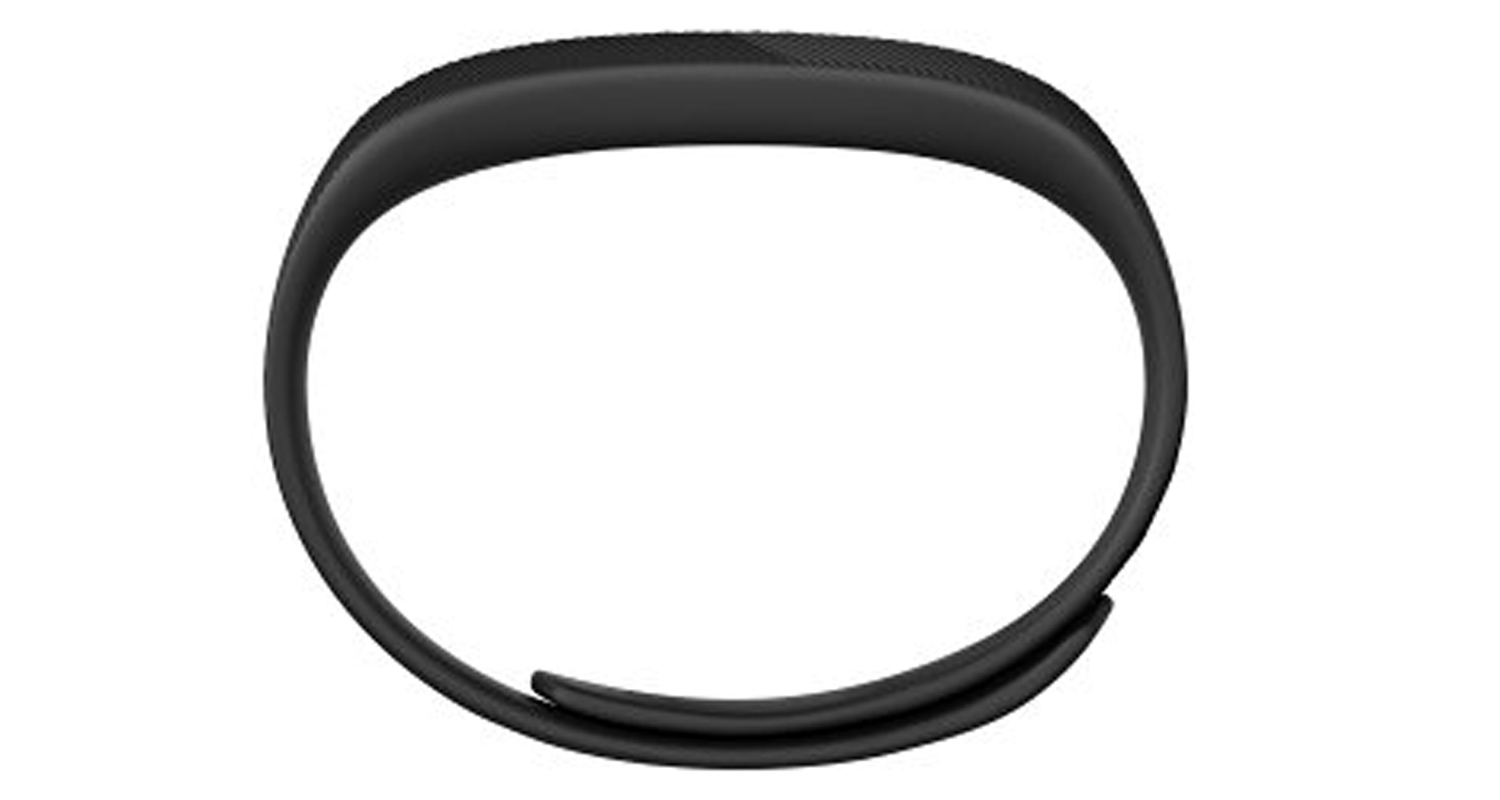
There's one detail on the Flex 2's classic band that I found very beneficial: It has a tighter-fitting, surgical-grade stainless-steel clasp, making it harder for the band to fall off, especially during more rigorous workouts — or, say, a very intense mosh pit at a punk rock show, where my first-generation Fitbit Charge fell off three times. But despite the more secure Flex 2 classic-band clasp, I'd still like to see a version with a traditional watch clasp, which would likely be more secure.
MORE: The Best GPS Watches for Sports and Athletics
Accessories
If the sporty-elastomer, somewhat-plasticky look isn't for you, you can get one of Fitbit's more stylish accessories, including its Luxe collection bangles, that you snap into the Flex 2. The bangles come in silver stainless steel for $89.95 and plated in 22-karat gold or rose gold for $99.95.
Get instant access to breaking news, the hottest reviews, great deals and helpful tips.

While attractive, the bangles are a bit heavy, as you might expect with jewelry. They come in large and small sizes; but they're not adjustable, so they may hang too loosely around your wrist and move around a lot more than the tracker would in a classic band. But despite the loose fit, the Flex 2 tracked steps just as well in a bangle as it did in a classic band.
The most annoying part of it wearing the tracker in a bangle, though, was a slight clattering sound when the Flex 2 vibrated as a silent alarm or reminder to move.
I liked that I didn't have to take it off before getting into the shower.
The Fitbit Flex 2 can also be worn clipped into the pendant of a $99.95 necklace. However, Fitbit says that, when the Flex 2 is worn this way, certain activity readings may be inaccurate. Therefore, when the tracker detects the magnet built into the enclosure on the pendant, it disables automatic activity and sleep detection.
Fitbit notes that, like other jewelry, its Luxe accessories can tarnish, and thus users should avoid contact with things such as perfume, lotion and even dyed materials like denim.
Activity Tracking
Like its predecessor, the Flex 2 tracks steps and sleep. But it also adds automatic exercise recognition with a feature Fitbit calls SmartTrack, which lets you track walks, runs, outdoor cycling, sports, aerobic workouts, elliptical workouts and swimming, all without opening the app, ideally.
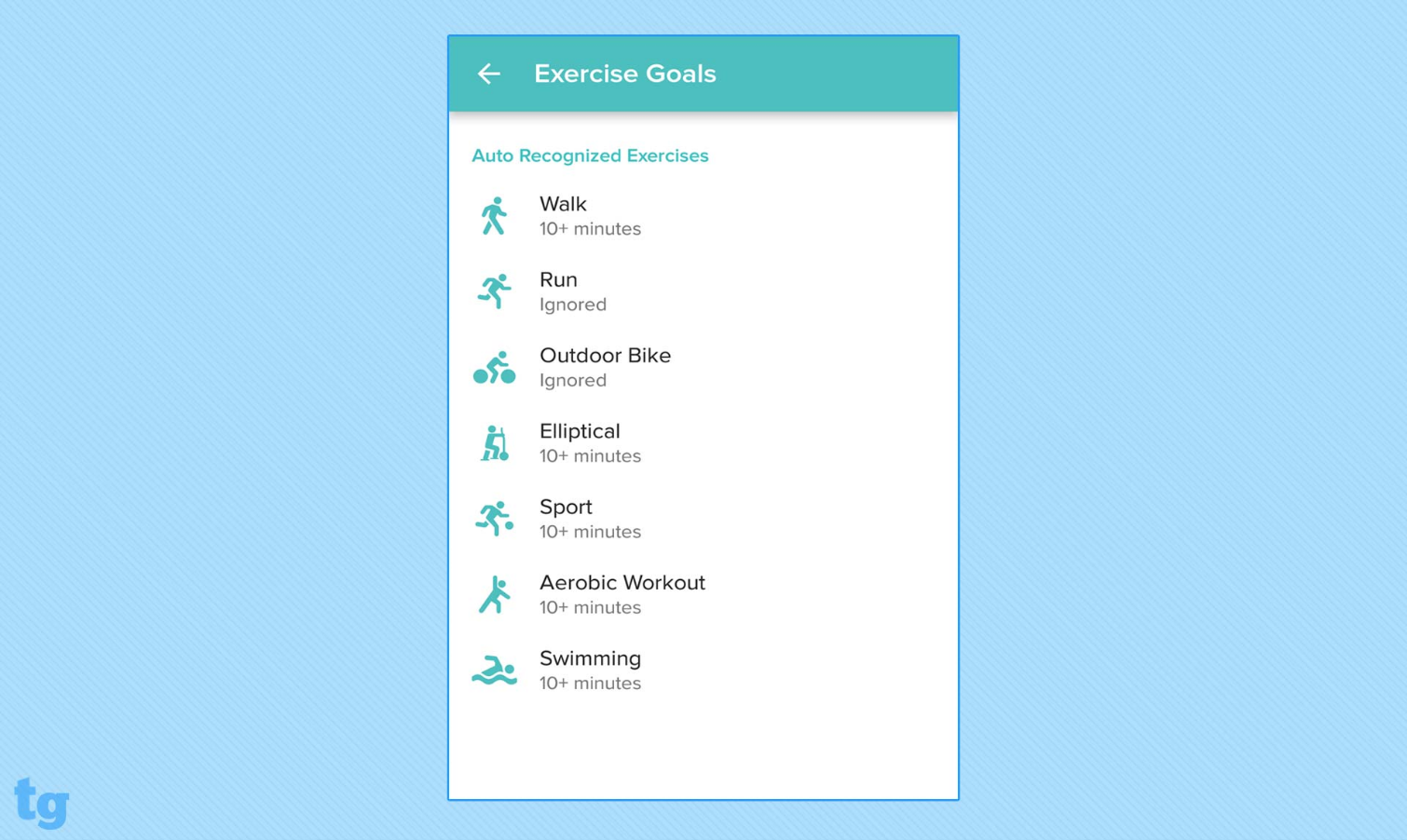
When I set the Flex 2 to track my workouts on an elliptical machine, though, its estimate of how long I was on the machine fell several minutes short of reality. However, I was able to go into the app and adjust the duration of the workout to record it accurately. Step counts also tended to come up a little short, particularly while I was walking with a cup of coffee in my hand, as I do every morning. For example, it counted 500 steps as 465. However, within Fitbit's app, you can manually enter your stride length for walking and running, to enable a more precise measurement.
If the sporty elastomer band isn't for you, you can get one of Fitbit's stylish jewelry-like accessories.
Unlike the first-generation Flex, the Flex 2 is "swim-proof," as the company calls it, with water resistance up to 50 meters (164 feet). Fitbit says the Flex 2 can automatically detect the number of laps you do in a pool when you specify the pool length. It cannot track swimming in open water, though — a feature offered by some more tricked-out (but more expensive) GPS watches.
More: Best GPS watches
App
The indicator lights on the Flex 2 probably won't be enough for people who really want to track their activities and other stats, especially over periods longer than a day. To do that, you'll rely on the Fitbit app, which works with devices running Android 4.3 or later or the iPhone 4S and later models. You can also sync your data with Macs running OS X 10.6 and up and devices running Windows 10, according to Fitbit, but you'll need an internet connection in order to sync.
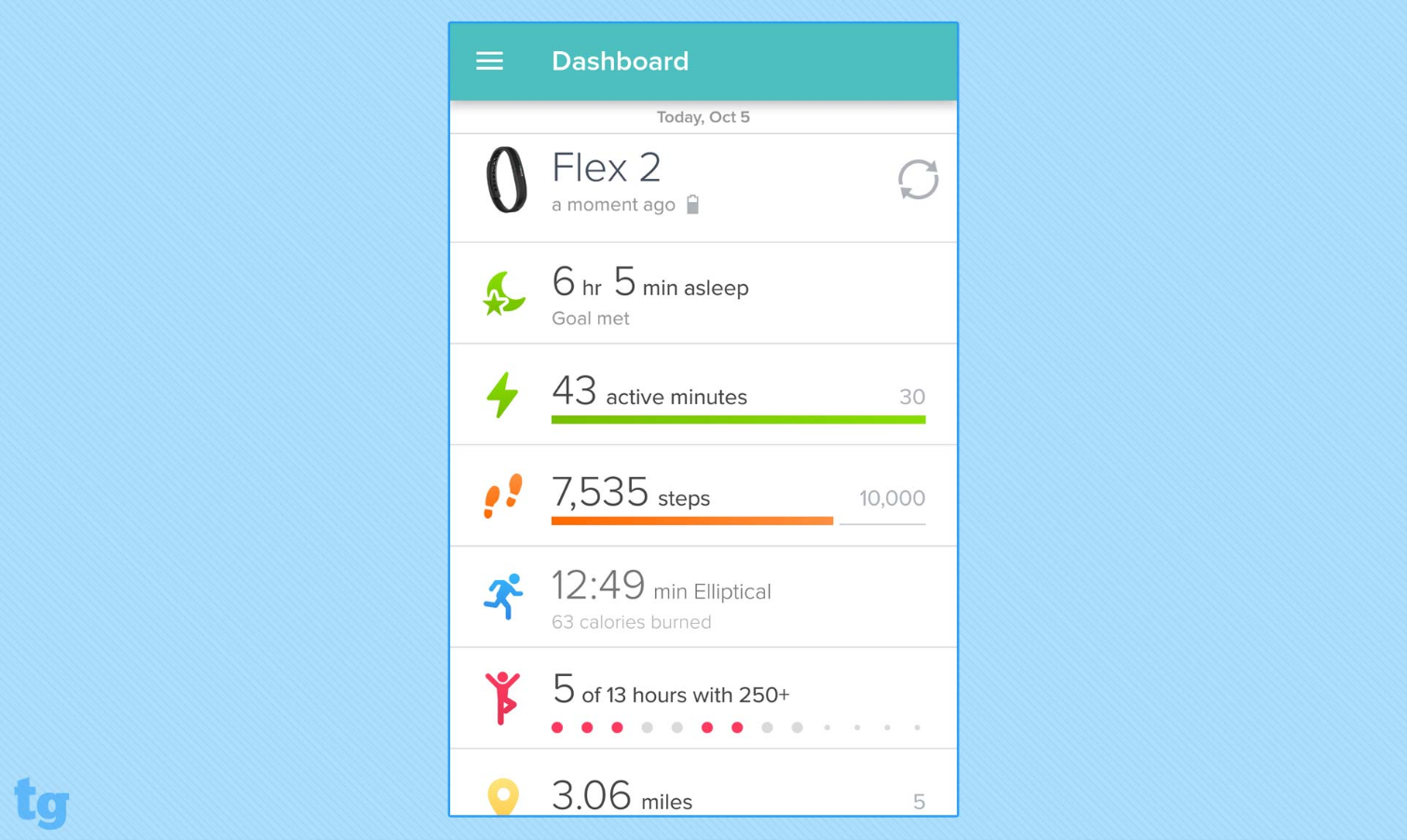
When you open the Fitbit app, your dashboard will show you your progress for the day, including steps, the distance you've traveled, other exercise, sleep, estimated calories burned and more. It also will display food and water consumed and your weight, if you choose to enter that information manually. You can prioritize your stats based on what you'd like to see first. If you want to enable call and text-message notifications and silent alarms, with a tracker vibration for each, you'll set that up in the app as well.
In our testing, most notifications failed to come through to the Flex 2 from my HTC One M9. Several rounds of troubleshooting with Fitbit failed to resolve the issue, but when I paired it with an iPhone 6s, both call and text notifications came through without any problems. According to a Fitbit representative, if an Android device is managing multiple Bluetooth connections simultaneously, your Fitbit tracker might stop syncing or stop receiving call, text and calendar notifications, or it could cause interruptions with any consistently streaming Bluetooth connection.
The Flex 2 has a new feature that sends you reminders to move. When you set up that function in the app, your tracker will vibrate every hour to remind you to get up and take at least 250 steps. But as someone who works at a desk with deadlines all day, I would have liked an option to get a reminder to move every 2 hours instead of every hour. You can also set up to eight silent alarms that will vibrate your tracker and are dismissed with a couple of taps.
To help motivate Fitbit users, the app's Fitbit Challenges section lets users choose a number of sightseeing destinations and events, and then walk the distance it would take to enjoy the scenery there. The app also lets users connect with friends and take part in friendly competition with activity challenges.
Sleep Tracking
When I used Fitbit's normal sleep-tracking settings, the sleep stats that the Flex 2 recorded were roughly in line with what I've seen while using the sleep-tracking feature on other wearable devices. On your Fitbit.com dashboard, you can set the device's sleep-tracking sensitivity. When it's set to Sensitive, it pays attention to smaller movements, so under that setting, it will probably show that you had less sleep than it would with the Normal sleep setting enabled.
A new feature on the Flex 2 reminds you to move.
While set to Sensitive, the Fitbit app told me that I slept 4 or 5 hours a night, with 2 hours or more spent restless. Using the Normal setting, it told me that I slept about an hour more than that. The sleep-tracking results on any fitness device can be skewed if you sleep with a partner, though, especially one who tosses and turns at night.
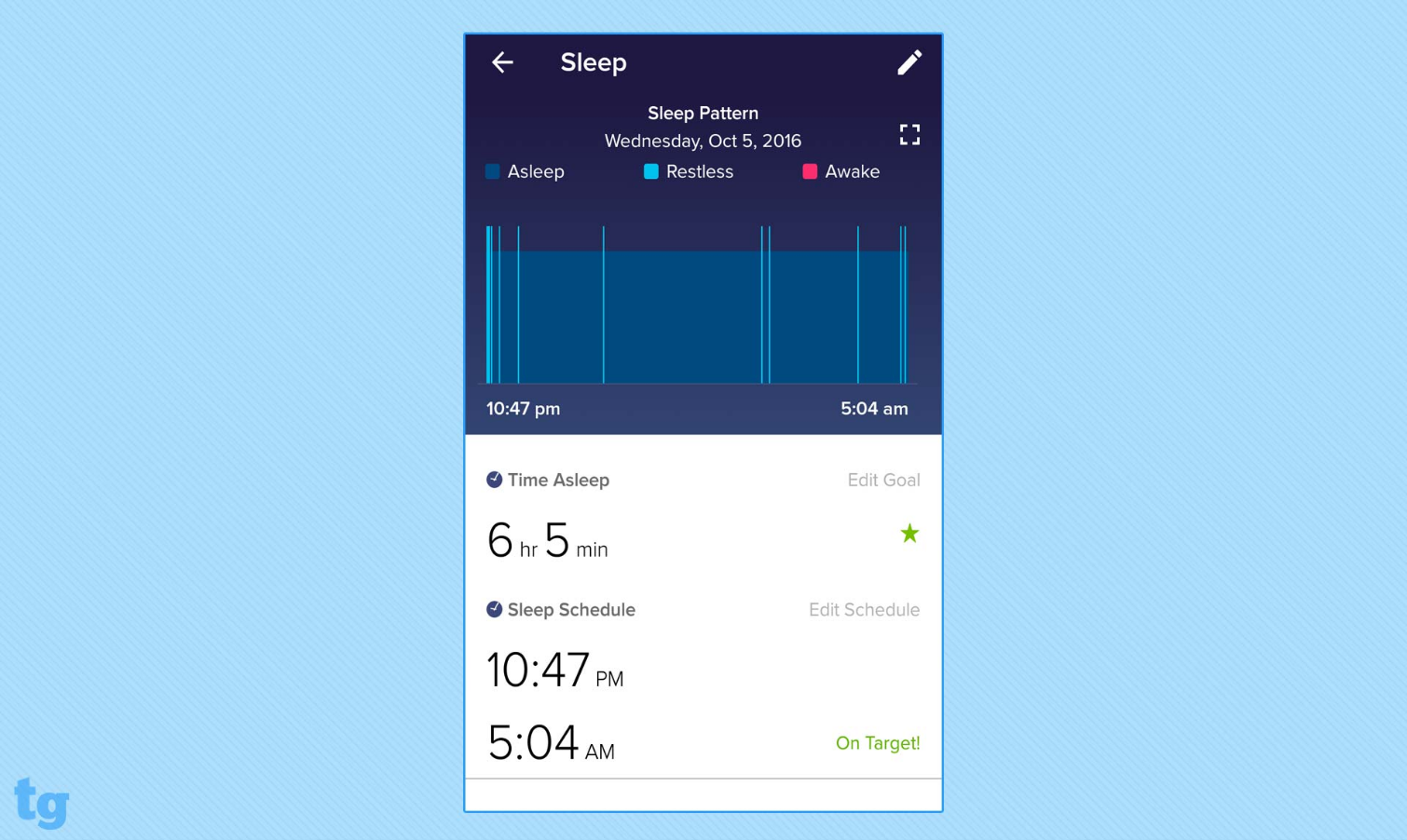
If, for some reason, you go a week without syncing your Flex 2 with your phone or computer, the tracker itself will save seven days of detailed activity data. It can also save your total activities for the day for 30 days, according to Fitbit.
MORE: Which Fitbit is Right For You?
Battery Life
The Flex 2 is powered by a rechargeable lithium-polymer battery that Fitbit says should last about five days for most users. Mine lasted four days, but I might have experienced faster battery drain because I set eight daily alarms, hourly reminders to move for 13 hours of the day, and call and text notifications.
Fitbit has a proprietary USB cable for charging the Flex 2, and you can fully recharge the device in 1 to 2 hours. But if you lose your cable or want another, you'll have to spend $20 for another official Fitbit cable.
Bottom Line
The $99 Fitbit Flex 2 is a great fit for those who want to track their steps, exercise and sleep without wearing a bulky device or plasticky band. Its water resistance means you don't have to take it off every day, and stylish accessories make this device among the more attractive fitness trackers around. Call and text notifications are a plus, but they can be erratic if you're using an Android smartphone. All told, the automatic fitness tracking features and detailed Fitbit app make the Flex 2 worth it.
Althea Chang is Associate Director of Content Development for Consumer Reports and was previously a Senior Writer for Tom's Guide, covering mobile devices, health and fitness gadgets and car tech.
